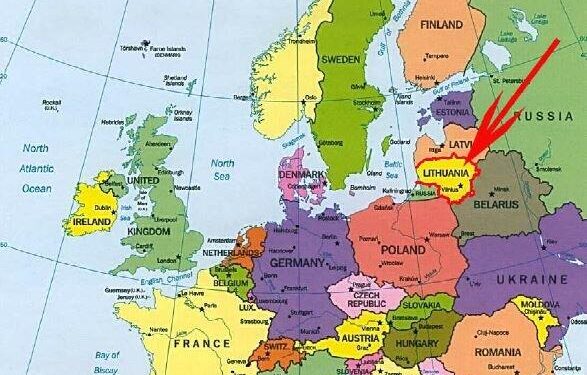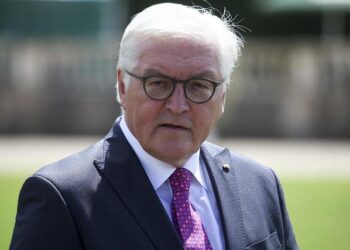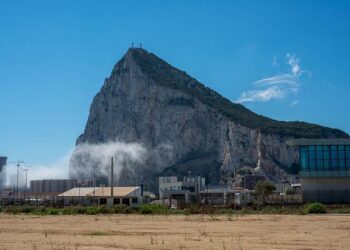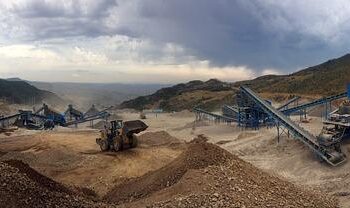The National Renewable Energy Laboratory (NREL) has released a groundbreaking study examining Lithuania’s potential to achieve 100% renewable energy. This comprehensive analysis outlines pathways for the Baltic nation to transition its entire energy sector-from electricity to transportation-toward sustainable, zero-carbon sources. As countries worldwide grapple with climate goals and energy security, Lithuania’s ambitious blueprint offers valuable insights into integrating wind, solar, bioenergy, and other renewables on a national scale. The study not only highlights technological and economic opportunities but also addresses the challenges inherent in such a rapid energy transformation.
Lithuania’s Path to Complete Renewable Energy Integration Explored by NREL
Lithuania is positioning itself as a leader in renewable energy transformation through a comprehensive study conducted by the National Renewable Energy Laboratory (NREL). The research delves into how the Baltic nation can achieve a full transition to 100% renewable energy, focusing on integrating wind, solar, and bioenergy resources while maintaining grid stability and affordability. Key challenges addressed include seasonal variability, energy storage, and cross-border energy trading within the European grid network.
By harnessing advanced modeling and simulation tools, the study identifies strategic investments and policy reforms essential for this clean energy future. Among the highlighted recommendations are:
- Expansion of onshore and offshore wind farms to capitalize on Lithuania’s favorable Baltic Sea coastlines.
- Development of smart grid technologies to optimize energy distribution and consumption patterns.
- Enhancement of energy storage solutions including battery systems and pumped hydro storage.
- Regional energy collaboration with neighboring countries to balance supply and demand efficiently.
| Energy Source | Projected Capacity by 2035 | Contribution to Total Mix |
|---|---|---|
| Onshore Wind | 2.5 GW | 40% |
| Offshore Wind | 1.2 GW | 20% |
| Solar PV | 1.8 GW | 30% |
| Bioenergy & Other | 0.5 GW | 10% |
Key Findings Reveal Opportunities and Challenges for National Energy Transition
The comprehensive analysis highlights that Lithuania’s path to achieving a fully renewable energy system by 2050 is both promising and complex. Key opportunities include the country’s abundant wind and solar resources, which can significantly reduce reliance on imported fossil fuels. Furthermore, integration of smart grid technology and energy storage solutions is identified as critical for managing supply variability and ensuring grid stability. These advancements open doors for increased energy independence and economic growth through green technology investments.
However, the transition is not without its challenges. The study points to the need for substantial infrastructure upgrades and strategic policy frameworks to handle intermittency and seasonal demand fluctuations. Social acceptance and workforce retraining also emerge as vital components for success. Below is a summary of pivotal factors shaping the energy transition:
- Wind and solar potential: High capacity factors in coastal and southern regions.
- Grid modernization: Enhanced flexibility through smart technologies.
- Investment scale: Required capital exceeds current spending by 30%.
- Energy storage: Critical for balancing daily and seasonal demand.
- Community engagement: Essential for project acceptance and success.
| Factor | Opportunity | Challenge | ||||||||||||||||||||||||||||||||||||||||
|---|---|---|---|---|---|---|---|---|---|---|---|---|---|---|---|---|---|---|---|---|---|---|---|---|---|---|---|---|---|---|---|---|---|---|---|---|---|---|---|---|---|---|
| Renewable Resources | Abundant wind & solar energy | Seasonal variability affects output | ||||||||||||||||||||||||||||||||||||||||
| Grid Infrastructure | Smart grid enables load balancing | High costs for modernization projects | ||||||||||||||||||||||||||||||||||||||||
| Policy & Regulation |
| Factor | Opportunity | Challenge |
|---|---|---|
| Renewable Resources | Abundant wind & solar energy | Seasonal variability affects output |
| Grid Infrastructure | Smart grid enables load balancing | High costs for modernization projects |
| Policy & Regulation | Supportive frameworks encourage investments | Need for consistent and adaptive policies |
| Investment Scale | Growth in green tech sectors | Capital requirements exceed current budgets |
| Community Engagement | Fosters project acceptance & participation | Potential resistance due to local concerns |
The comprehensive analysis reveals a clear pathway towards an energy system fueled entirely by renewables by mid-century. Key priorities center on modernizing grid infrastructure, integrating advanced energy storage solutions, and enhancing cross-border energy trade. These measures collectively support grid stability while accommodating the variable nature of wind and solar power generation, critical for ensuring uninterrupted supply across Lithuania’s regions.
Policy frameworks and investment incentives are also highlighted as essential drivers. Recommended actions include:
- Accelerating deployment of distributed generation technologies such as rooftop solar and community energy projects
- Promoting sector coupling, linking electricity, heating, and transport to maximize renewable energy consumption
- Encouraging innovation in flexible demand management and digitalization of energy services
| Strategic Focus | Key Action | Expected Impact | ||||||||||||
|---|---|---|---|---|---|---|---|---|---|---|---|---|---|---|
| Grid Flexibility | Deploy smart inverters and storage | Enhanced reliability and renewable integration | ||||||||||||
| Policy & Regulations | Streamline permitting process | Faster project deployment | ||||||||||||
| Sector Coupling | Integrate electric vehicles and heat pumps | Reduction of fossil fuel dependence |
| Strategic Focus | Key Action | Expected Impact |
|---|---|---|
| Grid Flexibility | Deploy smart inverters and storage | Enhanced reliability and renewable integration |
| Policy & Regulations | Streamline permitting process | Faster project deployment |
| Sector Coupling | Integrate electric vehicles and heat pumps | Reduction ofClosing RemarksThe Lithuania 100% Renewable Energy Study conducted by NREL offers a comprehensive roadmap for the nation’s transition to a fully renewable power system. By combining advanced modeling techniques with detailed analysis of Lithuania’s energy resources and infrastructure, the study underscores both the opportunities and challenges ahead. As Lithuania navigates its path toward sustainability and energy independence, the insights provided by NREL will be instrumental in shaping policy decisions and investment strategies. This landmark report not only sets a precedent for Baltic cooperation but also contributes valuable knowledge to the global dialogue on achieving 100% renewable energy futures. ADVERTISEMENT |
















